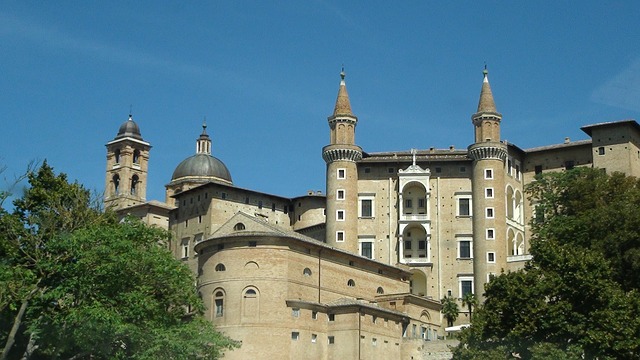Urbino is an Italian comune found in the Marche region. This city was one of the most important centers of the Italian Renaissance, of which it still maintains the architectural remains.
This splendid city is home to a combination of art, history, architecture and nature. The mixture that will lead us to discover the steps of one of the greatest of the Italian Renaissance, this city full of history was the one that saw the birth of the genius Raffaello Sanzio.
In the city of Urbino at the end of the 15th century one of the most famous painters of all time was born. There, together with his father, also a painter, was where he had contact with painting for the first time.
Raffaello Steps
To follow in Raffaello’s footsteps, the first stop has to be his house. Raffaello’s house is located on the street that bears his name, inside you can still see the tools that he used to create without a doubt some of the most famous works in the world. You can also see some works made by his father Giovanni Santi, such as the fresco of the Virgin, a work made by both father and son together.
Along the street where Raffaella’s house is located, we can admire the monument dedicated to the artist. This monument was created at the end of the 19th century and placed at the beginning in Piazza Duca Federico and later transferred to the street of his home.
Some of the most important works of the artist are in the Ducal Palace of Urbino. In this representative place of Renaissance architecture, there is a tour dedicated to the painter. Especially in the galleries of the National Gallery of Marches. Other works can be admired in the Raffaello Academy, which is located in the Palazzo Viviana, there are several works and workshops dedicated to art.
The last place that we will visit following in Raffaello’s footsteps will be the Santi Giacomo e Filippo farm, this place belonged to Raffaello’s grandmother and is located a few kilometers from Urbino. From there you can see the hills that served as inspiration for several of the artist’s works or as a background for famous frescoes.


